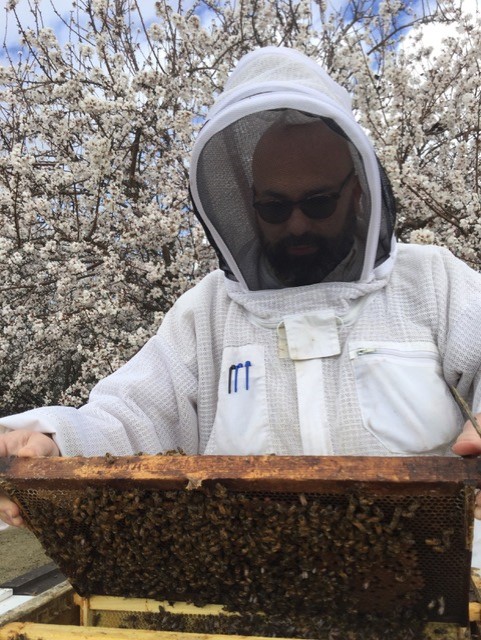Honey bees are the most significant managed pollinator worldwide, providing pollination services for a variety of crops in addition to honey production, which ensures food security and a stable agroeconomy. However, honey bees currently face many challenges, including parasites and pathogens, which directly threaten the beekeeping industry. Fortunately, honey bees are diverse, and have many traits that can be enhanced by breeding efforts towards healthier and more productive colonies.
Honey bee breeding has been the primary mission of the USDA-ARS Honey Bee Breeding, Genetics, and Physiology Research Laboratory since its start in 1928. Over its history, the program has principally developed critical standards, methods, and protocols for the maintenance and breeding of honey bees, many of which are still in use today. More recently, the program has led breeding efforts to develop honey bee populations resistant to the parasitic mite, Varroa destructor, a critical contributing factor to colony loss and major threat to honey bee health.
These efforts have produced populations like the Russian honey bees, an example of the first commercial release of an insect breeding stock by USDA-ARS. The laboratory closely collaborates with stakeholder led breeding programs like Hilo bees, a population selected for a specific Varroa control mechanism and suitability for commercial beekeeping. Continued work focuses on applying genomic approaches to trait selection, refining current trait assessments, and novel trait discovery in these and other honey bee populations to promote more robust stocks of honey bees that can combat various stressors.






